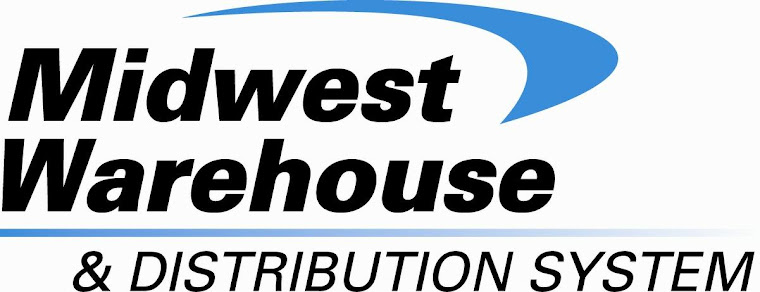Supply Chain Management Review
June 18, 2010
I’m finishing up our annual look at the Top 20 providers of supply chain management software for the July issue of Modern. If there is news, it’s that the market for warehouse management software systems (WMS) shrunk by somewhere between 15 and 20% in 2009, according to Steve Banker, service director for supply chain management at ARC Advisory Group (http://www.arcweb.com). You may not come as a surprise to some given the overall economy. But the overall market for supply chain management software was off by just 2% last year.
One reason could be that the core technology for managing receiving, putaway, replenishment, pick and pack and shipping has been in place for some time. If it ain’t broke, don’t fix it: If your old WMS is working, why mess around with something new.
With that in mind, I asked Banker what he’s watching in the WMS market today. His answer: “Visualization.”
Now, we’ve been talking about real-time visibility in the supply chain going back to the Internet boom. That’s when your software systems can provide real-time information about what’s going on in your warehouse, transportation or manufacturing processes. But, visibility provides that information in the form of data, reports and alerts.
Visualization is something different. This is technology that delivers a graphical illustration – a picture - on a computer screen, an RF device, a PDA or a mobile phone. “Imagine you’re in a warehouse, and you don’t have enough slots so you’re storing more than one SKU in a slot,” says Banker. “With visualization, the system can display a picture of which SKU the associate is going to pick on the RF screen. Or, it can tell the associate that he is to build six kits for a customer, and show him what items should go in the kit and how they should be kitted.”
Several WMS providers have developed visual solutions, including Tecsys and Next View Software. They are taking two different approaches to the market.
Tecsys (http://www.tecsys.com), the Montreal-based provider of supply chain management software, has developed something it calls “visual logistics” in its WMS application. The idea is simple: instead of sending text-based instructions to an associate’s RF gun, the Tecsys system associates visual information with the labor task. Picking instructions, for instance, include a visual representation of the product that is going to be picked, along with a visual representation of where in the rack that product is located. If an associate is picking to multiple shipping containers on a cart, the system can highlight which container location gets the pick.
“If you think about driving down the highway, all of the signs used to be in text, and now there’s a graphic image that you instantly recognize,” says John Reichert, product marketing manager. “We’ve build an entire technology platform that allows us to do the same thing for the RF-enabled operator on the floor.”
While voice and pick-to-light have been making inroads into areas that were traditionally RF, Reichert contends that in complex picking environments, where an associate is picking to multiple totes or containers, for instance, visualization is an advantage. “As the complexity grows, that’s where we believe visualization will have a speed advantage, even over hands free picking,” he says.
Next View (http://www.nextviewsoftware.com) is using the gaming technology that powers Microsoft’s Xbox to bring warehouse, transportation and network operations to life. “If we can get a data feed from your overseas shipper, we can show you the loads you have on the water coming from China,” says Steve Simmerman, vice president of business development. “If your carrier has a GPS on their tractors, I can show you on Google maps where your loads in transit are located. And if you want to see where all of the inventory that’s within ten days of its expiration date is stored in the warehouse, you can query the system and have it highlighted on your screen.”
Tie the WMS to a labor management system that has warehouse coordinates and engineered labor standards, and the system can show the work being done in real time, including lift trucks and employees traveling down the aisles at the speed associated with those labor standards. Want to identify bottlenecks? Next View’s solution acts like a DVR, allowing you to watch what happened during a specific period of time. Last, and most important to Simmerman, the system can be tied into Skype, allowing supply chain partners to collaborate in real time to plan or identify problems.
There is no question that what Tecsys and Next View are doing is very cool. The question is whether these are solutions in search of a problem, or whether they are truly on to something game changing. “Right now, it’s very sexy, but it’s not being sold,” says Banker.
Tecsys has one customer using images for specific tasks and another customer about to go live with the full capabilities. Next View has implemented its system at a third party logistics provider.
Both Reichert and Simmerman believe this is where technology needs to go. After all, both say, end users are seeing rich graphics on their computers and video games at home. Bringing life to the green screen at work is the next logical step. “We fundamentally believe that business applications need to change,” says Simmerman. “Over the years, we’ve developed layers of intelligence and we can give people dashboards. But until now, there’s been now real-time end-to-end view of the supply chain.”
Until now.
To view the original article on Supply Chain Management Review, please visit their website.


No comments:
Post a Comment